From the tender melt-in-your-mouth goodness of filet mignon to the robust, marbled richness of ribeye, each cut of steak offers a unique gastronomic experience. Here at The Meat & Wine Co., we’re connoisseurs of the finest steaks, and in this guide, we’ll share some of our culinary expertise. Join us on a mouthwatering journey through the world of steaks, and discover the perfect cuts, cooking techniques, and flavour profiles. Whether you’re a seasoned steak enthusiast or a curious foodie, prepare to savour the very best in steak house indulgence.
Introduction to Steaks
Steaks are a culinary treasure celebrated worldwide. In essence, they are thick slices of beef or other meats, prized for their tenderness, flavour, and versatility in culinary preparations. They are typically taken from well-exercised muscles, and come in a variety of cuts. Grilled, pan-seared, or broiled to perfection, they provide a rich, savoury taste that has captivated food enthusiasts for generations.
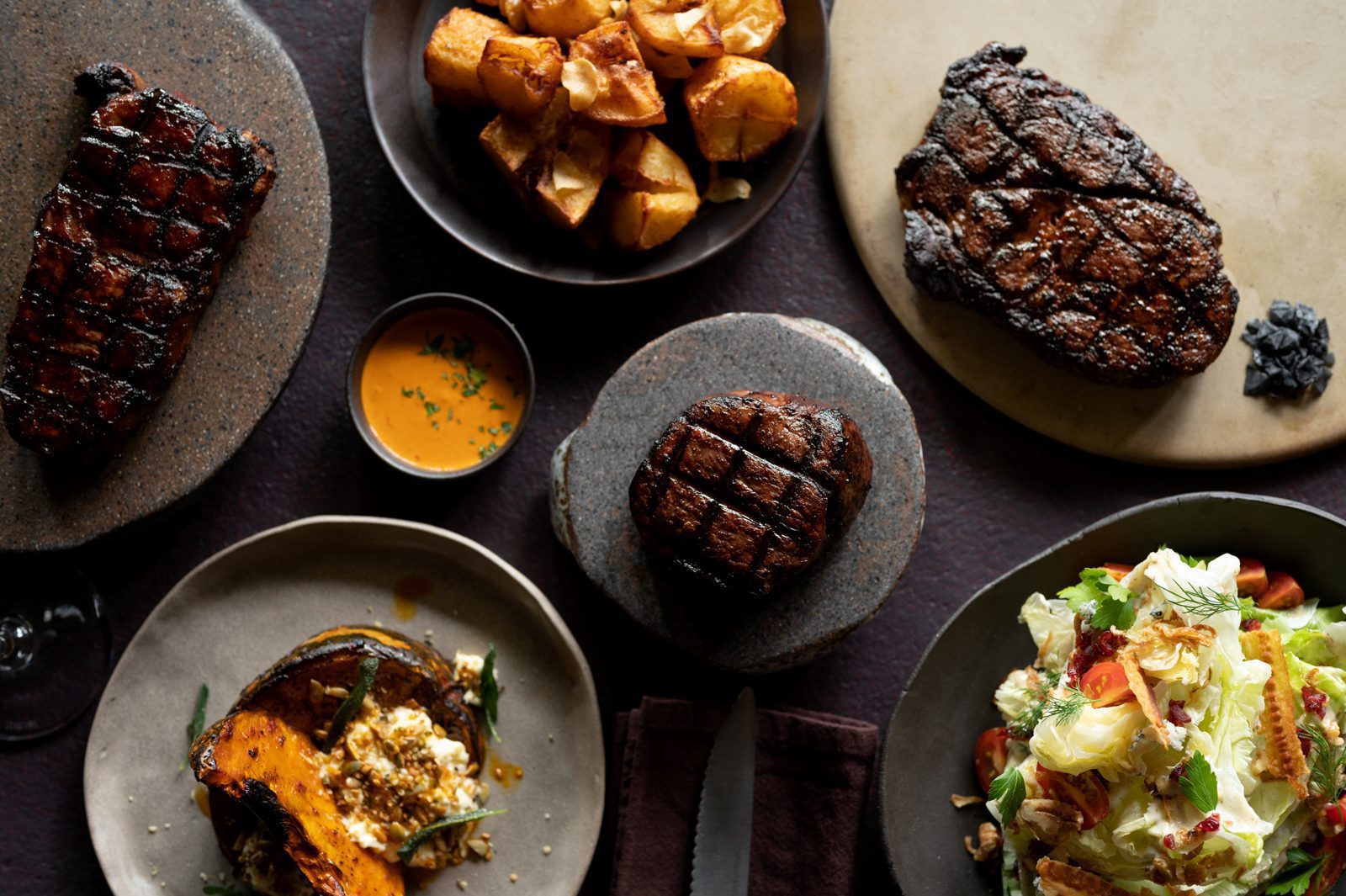
Different Cuts of Steak
Steak lovers have a range of cuts to choose from, each offering a unique taste and texture. Among the most popular are the tender and lean filet mignon, the richly marbled rib eye steak with its bold flavour, the versatile sirloin, and the hearty T-bone featuring both tenderloin and strip steak sections. Additionally, there are options like the New York strip, porterhouse, flank, and skirt steak, each providing a distinctive dining experience.
Rump Eye
Rump eye, also known as sirloin cap or picanha, is a triangular cut with a thick fat cap on one side. It boasts a robust flavour and a slightly firmer texture compared to ribeye. When cooked, the fat cap renders into a delicious crust while the meat inside remains juicy and tender.
Fillet
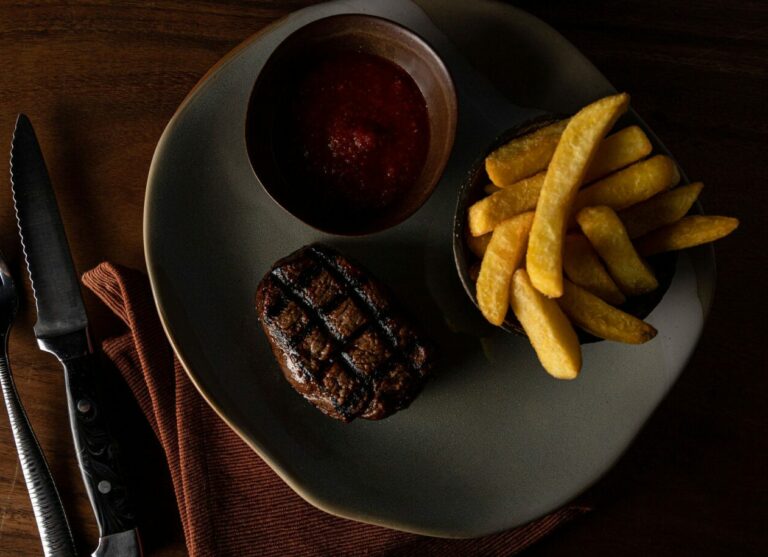
Fillet, or filet mignon, is a small, lean, and exceptionally tender cut of beef. It’s known for its buttery texture and mild, delicate flavour. Fillet is often considered the most luxurious steak, with minimal fat content that lends itself well to various cooking methods, ensuring a melt-in-your-mouth experience.
Rib-Eye
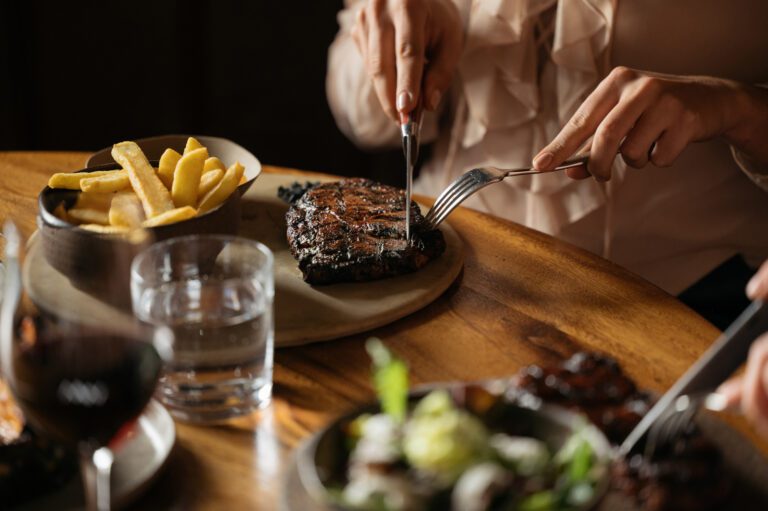
Rib-eye steak features generous marbling throughout, creating a succulent and flavourful meat. It’s recognisable by its circular, boneless form or bone-in “cowboy” style. The marbling enhances its rich, beefy taste, and when cooked, the fat melts into the meat, making it juicy and indulgent.
T-Bone
T-bone steak is a cross-section of two cuts—the tenderloin on one side and the strip steak on the other—separated by a T-shaped bone. This dual offering provides a contrast in textures and flavours. The tenderloin side is tender and mild, while the strip side is meaty and robust.
New Yorker
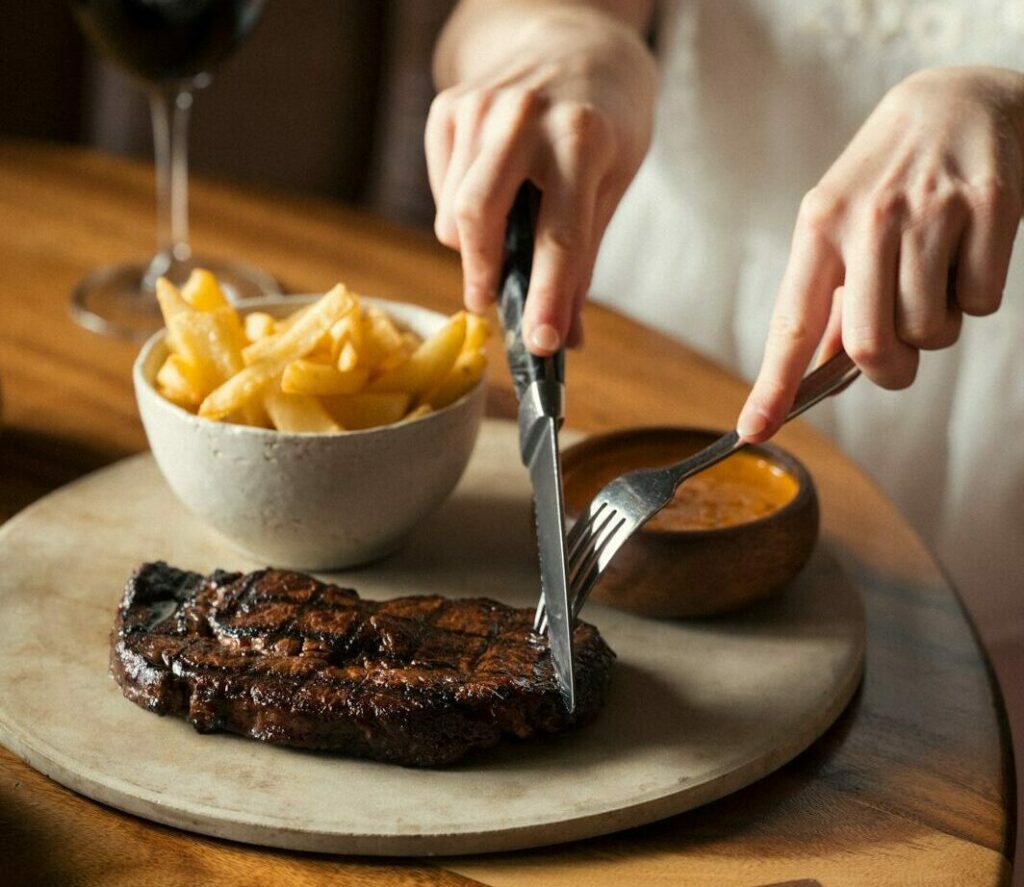
The New York strip steak, often referred to as the strip or sirloin steak, features a lean and well-defined grain. It boasts a bold, beefy taste with a moderate amount of marbling, offering a balanced combination of tenderness and flavour.
Tomahawk
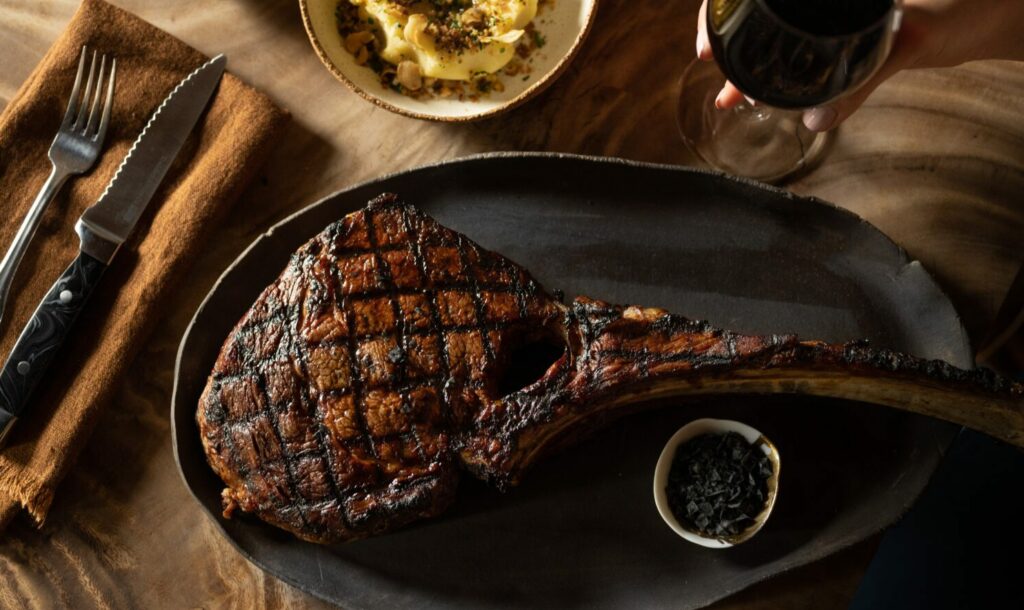
The tomahawk steak is an impressive, bone-in ribeye with an elongated bone resembling a tomahawk handle. Its substantial marbling and thickness make it a true carnivore’s delight. This cut is known for its intense beef flavour, tenderness, and stunning presentation.
Understanding Steak Grades & Quality
Steak quality is determined by several factors, including meat marbling, colour, texture, fat quality, and the animal’s diet. Let’s take a closer look at each of these key criteria.
Meat Marbling
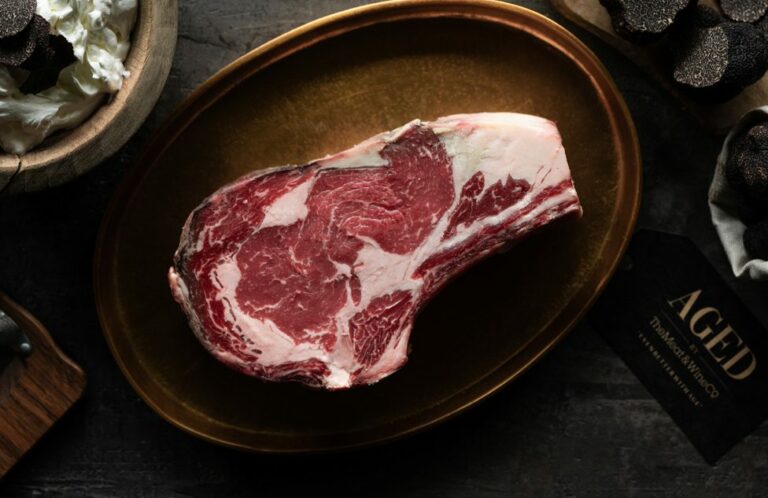
Marbling refers to the intramuscular fat within a cut of meat. It appears as white streaks or flecks and significantly influences a steak’s flavour and tenderness. The more marbling, the juicier and more flavourful the steak, making it an important factor in determining steak quality.
Meat Colour & Brightness
Meat colour and brightness are indicators of freshness and quality. Vibrant, red meat signifies freshness, while discolouration or dullness may indicate age or improper handling. The colour can also vary based on the animal’s diet, with grass-fed meat often having a darker hue than grain-fed.
Meat Firmness & Texture
Steak firmness and texture are key quality indicators. High-quality steak should feel firm to the touch, with a consistent texture throughout. Tender cuts are prized, and the right cooking method can enhance the overall eating experience.
Fat Colour & Quality
The colour and quality of fat in a steak matter. Healthy, white fat is preferrable, as it adds flavour and moisture to the meat. Yellow or discoloured fat can suggest an older or less healthy animal, impacting the steak’s taste and texture.
Grain Fed & Grass Fed
An animal’s diet can have a significant impact on the quality of its meat. Grain-fed cattle are typically fattened in feedlots, resulting in more marbling, a milder flavour, and lighter-coloured meat, while grass-fed cattle graze on natural pasture, resulting in leaner, darker meat with a distinct earthy flavour.
Understanding Dry & Wet Aged Steaks
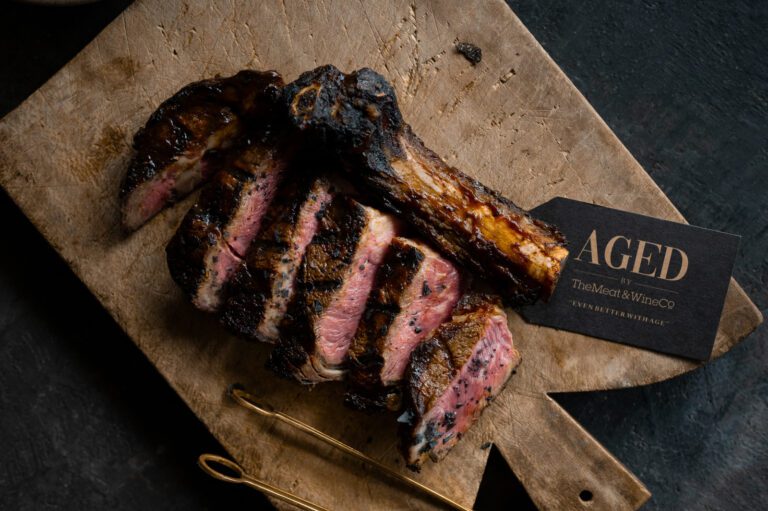
Dry and wet ageing are two distinct methods used to enhance the flavour and tenderness of steaks. Dry ageing involves exposing meat to controlled airflow for an extended period, allowing enzymes to break down muscle fibres and intensify flavour. Wet ageing, on the other hand, involves vacuum-sealing meat, preserving its natural juices. Learn more about the unique taste profiles of aged meat here.
Steak Temperatures & Cooking Techniques
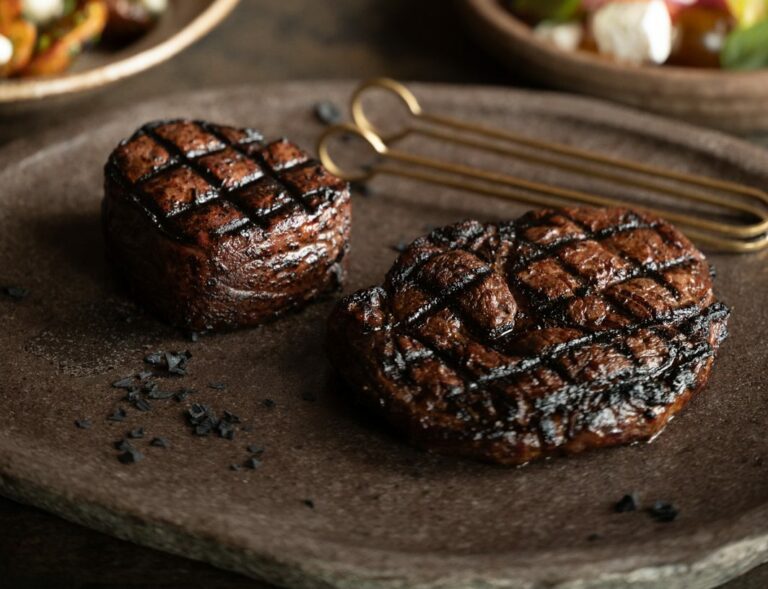
The art of steak preparation blends science, technique and passion. Whether searing on a hot grill or employing the precision of sous-vide, mastering cooking methods and temperatures is key in achieving the desired doneness while preserving the meat’s natural flavours and juices.
Blue
Blue steak is seared briefly on high heat, resulting in a cool, almost raw centre. Its internal temperature reaches around 46°C, preserving the steak’s natural juices for a uniquely rare experience.
Rare
Rare steaks are seared quickly, with an internal temperature of approximately 49-54°C. They boast a red, cool centre and a tender, juicy texture.
Medium-Rare
With an internal temperature of 54-57°C, medium rare steaks are seared to perfection, offering a warm, pink centre that’s tender and bursting with flavour.
Medium
Medium steaks are cooked to an internal temperature of around 60-63°C, featuring a warm, pinkish centre that retains tenderness while developing a slightly firmer texture.
Medium-Well
With an internal temperature of approximately 66-68°C, medium-well steaks have a hint of pink in the centre, but are notably firmer, delivering a well-balanced blend of tenderness and doneness.
Well-Done
Well-done steaks are thoroughly cooked to an internal temperature of 71°C and above, resulting in a fully browned interior. They offer a firm texture and are well-cooked throughout, though less juicy than rarer cuts.
Tips for Ordering Steak
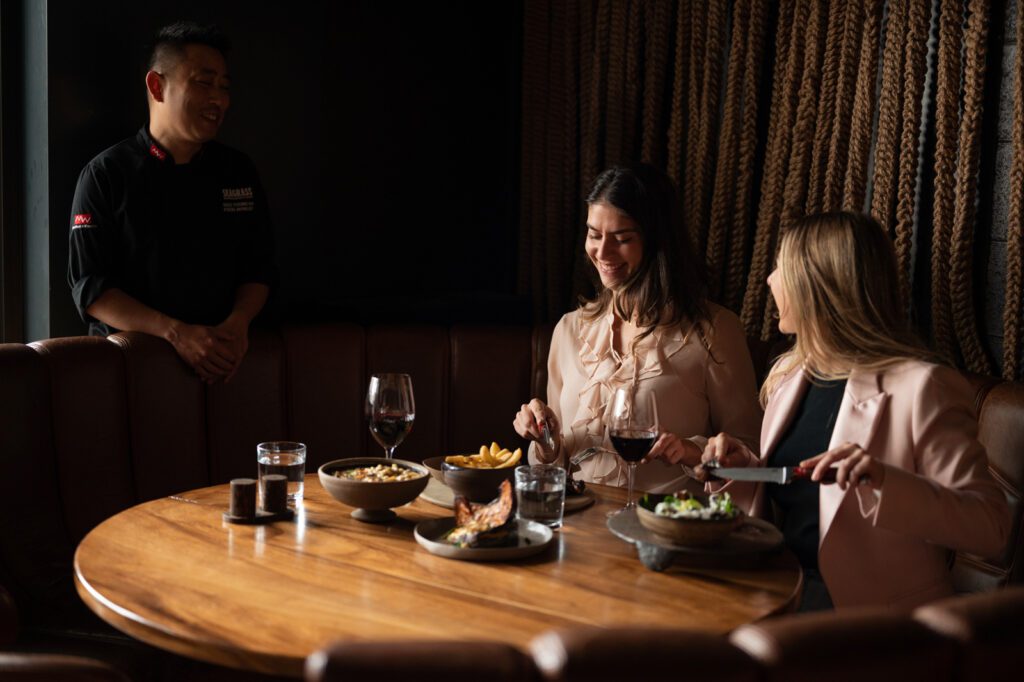
When dining at The Meat & Wine Co., consider ordering one of our most popular cuts to enjoy the art of steak at its finest:
Fillet
Our fillet is a steak connoisseur’s delight. Recommended to be cooked between blue and medium to preserve its tenderness, it boasts a lean profile with minimal fat. For a perfect pairing, indulge in our crunchy chips on the side, adding a delightful contrast in textures. Elevate your dining experience further with a glass of 2022 Barringwood Pinot Noir from North Tasmania, perfectly complementing the delicate flavours of the fillet.
Rib-Eye
Indulge in the robust flavours of our rib-eye steak, best enjoyed at medium to rare doneness. Known for its rich and deep taste, the rib-eye pairs well with our refreshing house salad. For a wine that complements its boldness, we recommend the 2016 Jim Barry ‘Lodge Hill’ Shiraz from Clare Valley, South Australia.
New Yorker
Cooked to medium perfection, the New Yorker offers a distinct flavour profile. With less internal fat and a slightly chewier texture compared to the rib-eye, it boasts a richer, beefier taste. Enhance your dining experience by pairing it with our creamy mash for a delightful contrast in textures. For a wine that harmonises with its boldness, we recommend the 2015 Wirra Wirra Church Block Cabernet blend from McLaren Vale, South Australia.
Rump
For those who relish rich flavours with a leaner profile, our rump steak is a superb choice. Best enjoyed at a rare to medium cooking temperature, it offers a distinctive hearty taste. Pair the rump with our crunchy chips for a satisfying contrast in textures. We recommend the 2022 Alamos Malbec from Mendoza, Argentina to complement its bold character.
Pairing Steaks with Wine

Pairing steak with the right wine creates an exquisite marriage of flavours that elevates the dining experience. The harmonious balance between the rich, savoury flavours of a perfectly cooked steak and the nuanced notes of a well-matched wine creates a sensory delight. Whether you prefer the robustness of a red Bordeaux with a ribeye or the elegance of a Pinot Noir with a tender fillet mignon, understanding the principles of steak and wine pairing can enhance the enjoyment of both. Explore our beginner’s guide to meat and wine pairing to unlock the secrets of this delectable duo.
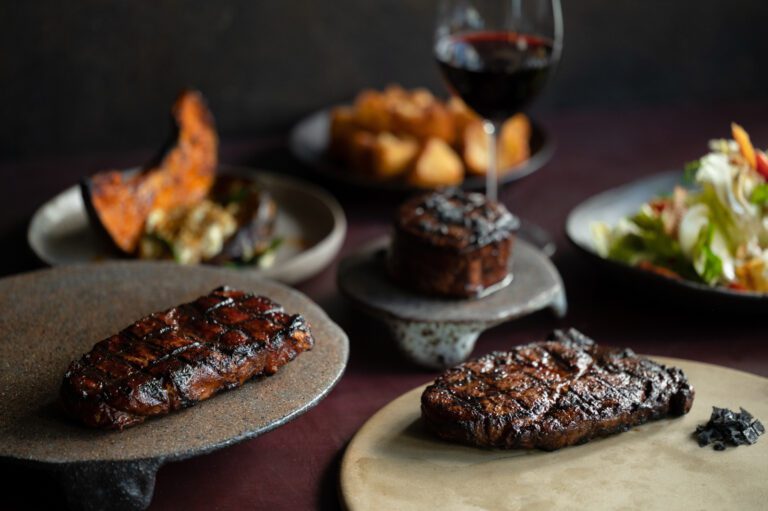
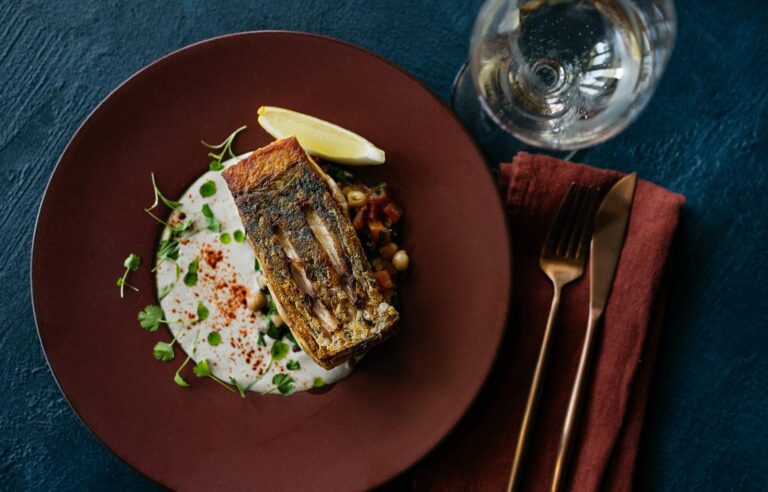

/assets/images/ajax-loader.gif)